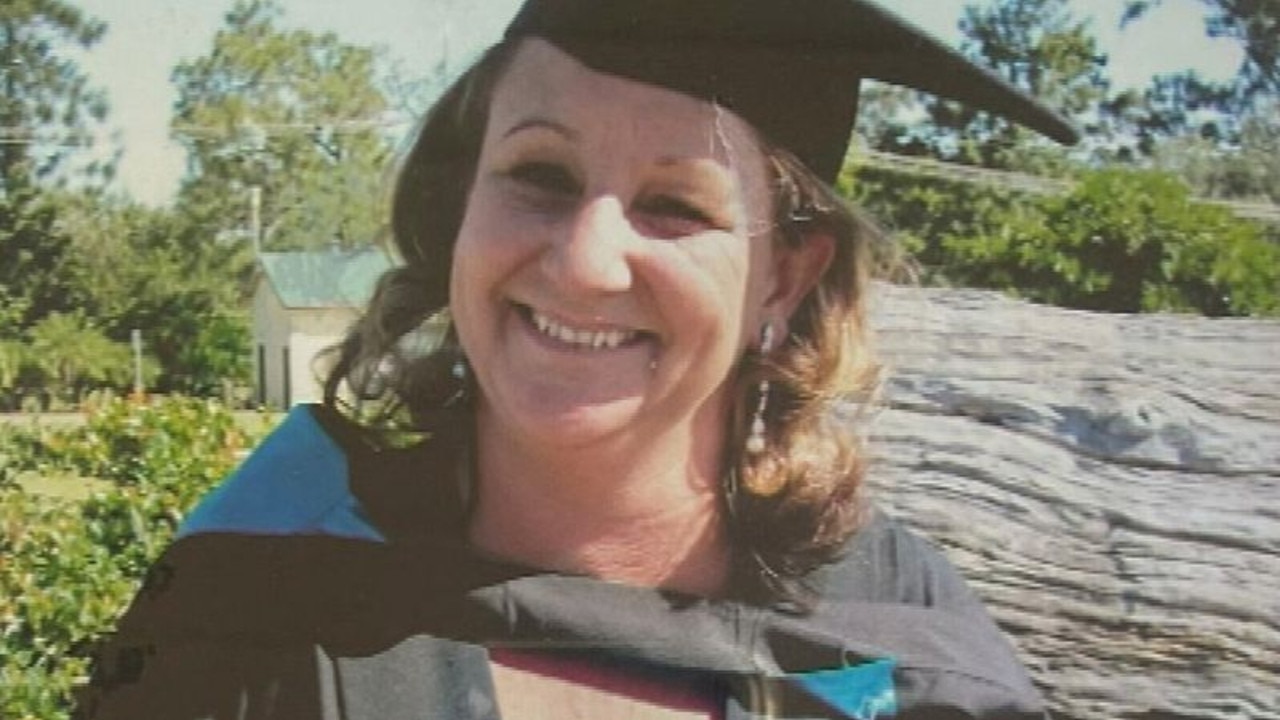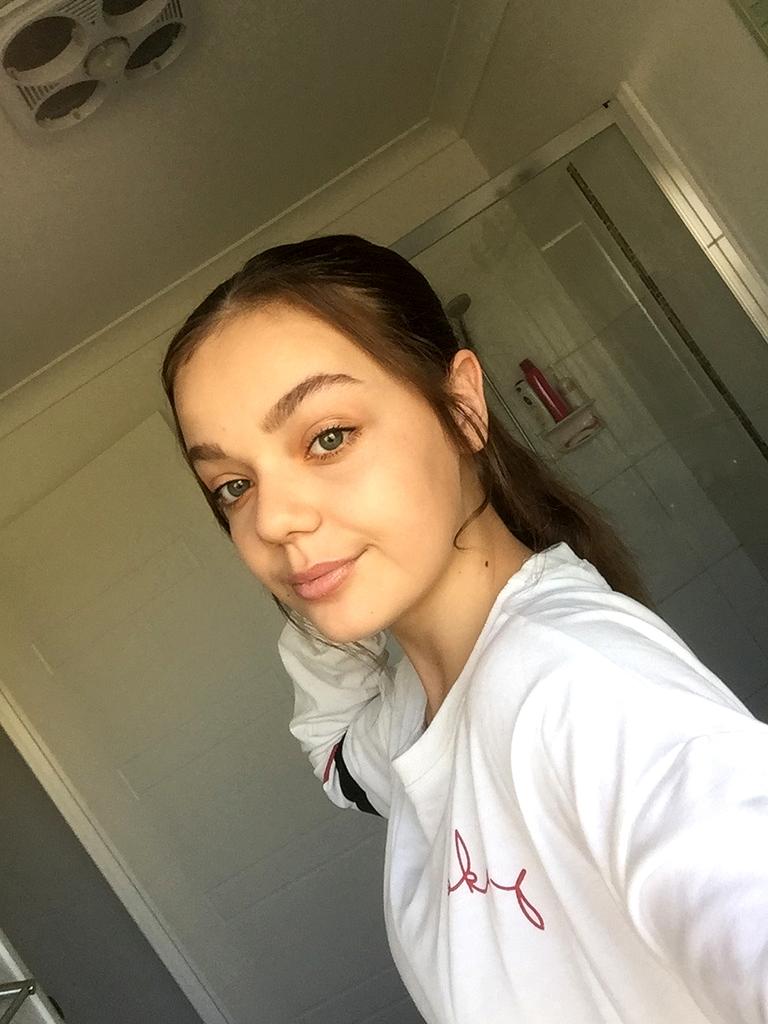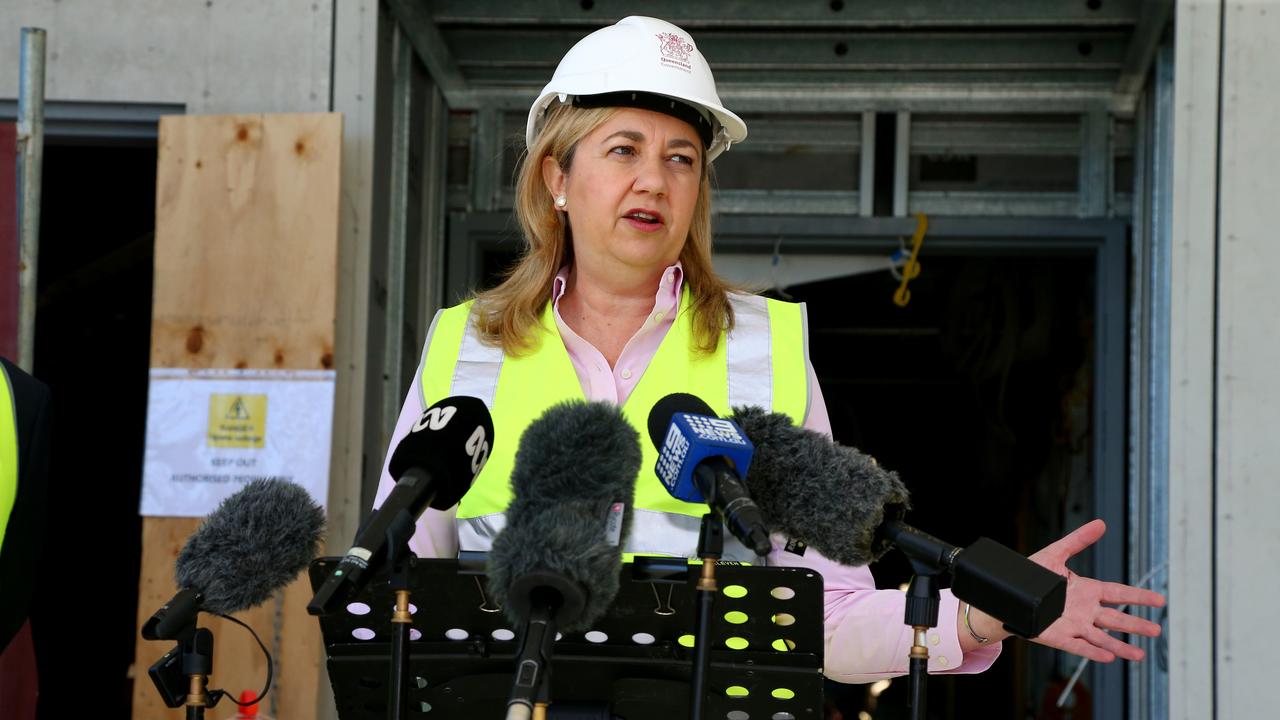Opinion: Time for media to be allowed into Children’s Court
If she’s serious on getting to the bottom of our youth crime crisis, the Premier needs to give the public and media access to youth court matters involving serious or violent offences, writes Terry Goldsworthy.
Opinion
Don't miss out on the headlines from Opinion. Followed categories will be added to My News.
This week the debate around how we deal with our youth crime crisis in Queensland has reached boiling point with the death of three women last weekend in an accident with a stolen vehicle allegedly being driven by a thirteen-year-old.
The Children’s Court Act prohibits journalists from attending most court proceedings without permission from the court. The test for whether that permission will be granted is not public interest but whether the journalist’s presence would be prejudicial to the child’s interests.
Multiple media organisations applied to the court hearing the 13-year-old’s matter to sit in court and report on the process. The judge hearing the matter refused, ruling it would be prejudicial to the youth. New South Wales, South Australia, Western Australia and Victoria all allow reporting of proceedings with some restriction that mainly centre around identifying the offender.

In response, the Queensland Police Union has called for youth offenders to be named and the courts opened so that the public can be informed as to the decisions of the courts and reasons for them. The perception of the courts as not being open and transparent has also been slammed by victims.
I am not necessarily convinced in regard to the utility of naming the offender, but I am of the view that the media, and by default the public, should have access to the details and processes used by the courts in making their decisions. This concept would ensure accountability.
Essentially the argument is that restriction of the press to report on these proceedings is a restriction of open justice. The NSW Law Reform Commission refers to open justice being “the principle that the administration of justice should take place in public” and should include such things as open court proceedings, fair and accurate reports of proceedings.
When put to the premier, Annastacia Palaszczuk, she suggested that the lack of transparency as something that should be “put to the courts”. She failed to outline how media are meant to do this given they are humstrug by the legislation and had already been unsuccessful in seeking access to proceedings. In reality the premier could ensure transparency and openness of the courts quite simply, she could legislate it. She simply has to put a bill before parliament that would ensure access of the public and media to youth court matters involving serious or violent offences. Such a bill would highly likely attract bipartisan support from the opposition and pass into law easily.


The Atkinson review of the government’s youth justice reforms released in 2022 showed that offending by young people on bail had increased. Some 53 per cent of young people on bail reoffended while on bail, 19 per cent committed serious offending and seven per cent committed an offence leading to death or serious injury while on bail. These figures are simply unacceptable. Yet the public cannot see how the decisions to grant bail were made or whether they were justified.
The Atkinson review identified that instead of the 100 electronic monitoring devices expected to be issued for youth offenders, only three had been, at a cost of some 11.5 million dollars. It would be beneficial for the public to know why the courts had issued so few; an open court process would facilitate this.
Knowing the criminal history of a youth offender seeking bail or being sentenced would allow the public to put the decisions of the courts into context. Former Queensland Chief Justice Paul de Jersey posited this very proposition when he questioned why a jury should be denied knowledge of an offender’s prior offending in a speech in 2013 at the Queensland Law Society symposium. The same principle could be applied to allowing the public this knowledge, so that they are not, in the words of the learned judge, “in the dark about such matters”.

The Premier has effectively waved the white flag on youth crime stating, “that no-one is going to stop youth crime”. The first step in fighting back against the youth crime epidemic could be ensuring that decisions around serious repeat offenders are open and accountable. That would go a long way to giving the public reassurance that they have insight into how their criminal justice system is operating and if it is meeting community expectations.
More Coverage
Originally published as Opinion: Time for media to be allowed into Children’s Court








